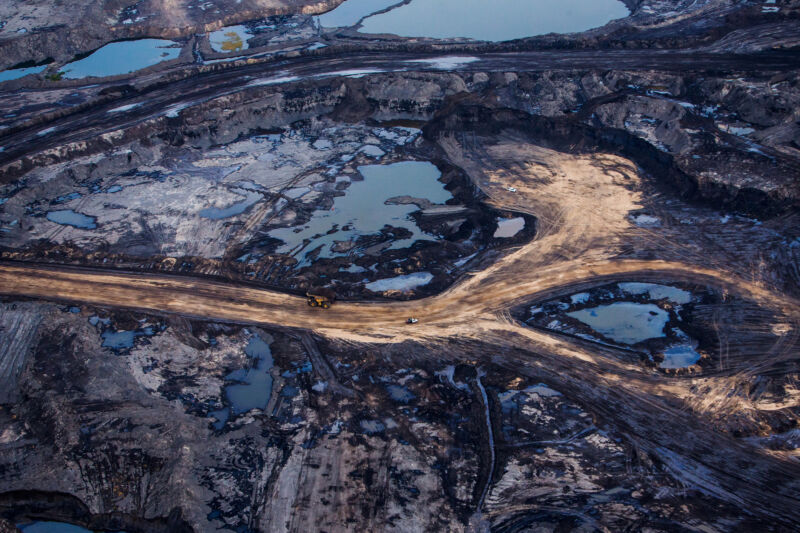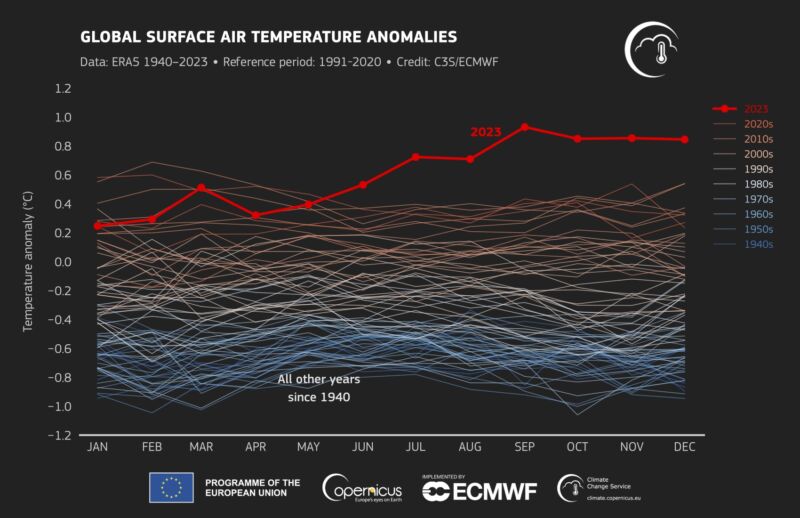-
 chevron_right
chevron_right
Over a decade later, climate scientist prevails in libel case
news.movim.eu / ArsTechnica · Friday, 9 February - 19:56

Enlarge / Climate scientist Michael Mann. (credit: Slaven Vlasic )
This is a story I had sporadically wondered whether I'd ever have the chance to write. Over a decade ago, I covered a lawsuit filed by climate scientist Michael Mann, who finally had enough of being dragged through the mud online. When two authors accused him of fraud and compared his academic position to that of a convicted child molester, he sued for defamation.
Mann was considered a public figure, which makes winning defamation cases extremely challenging. But his case was based on the fact that multiple institutions on two different continents had scrutinized his work and found no hint of scientific malpractice—thus, he argued, that anyone who accused him of fraud was acting with reckless disregard for the truth.
Over the ensuing decade, the case was narrowed, decisions were appealed, and long periods went by without any apparent movement. But recently, amazingly, the case finally went to trial, and a jury rendered a verdict yesterday: Mann is entitled to damages from the writers. Even if you don't care about the case, it's worth reflecting on how much has changed since it was first filed.








